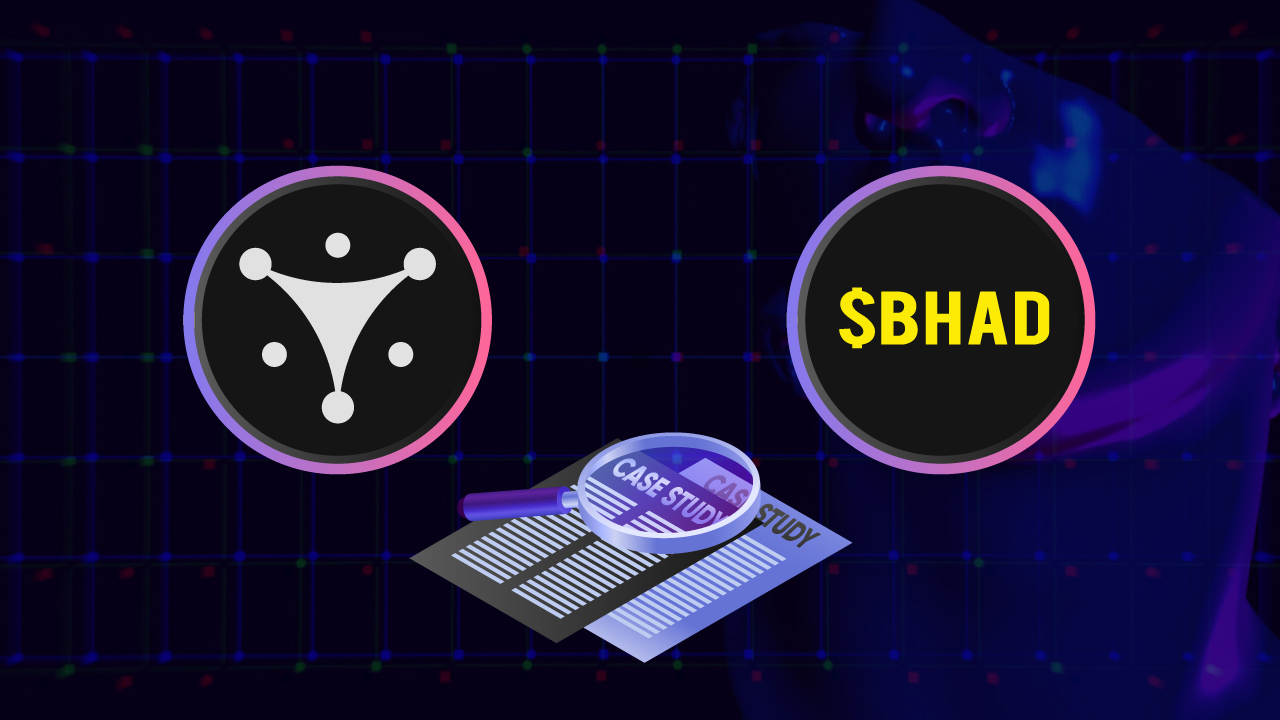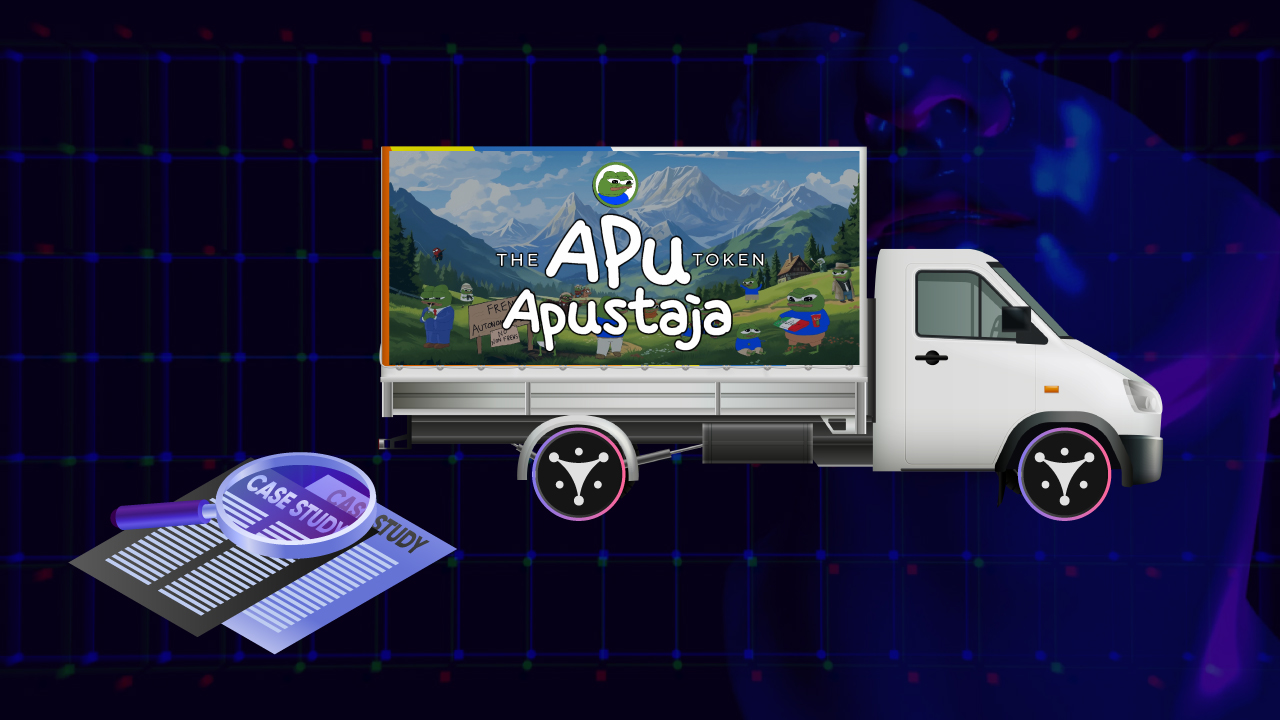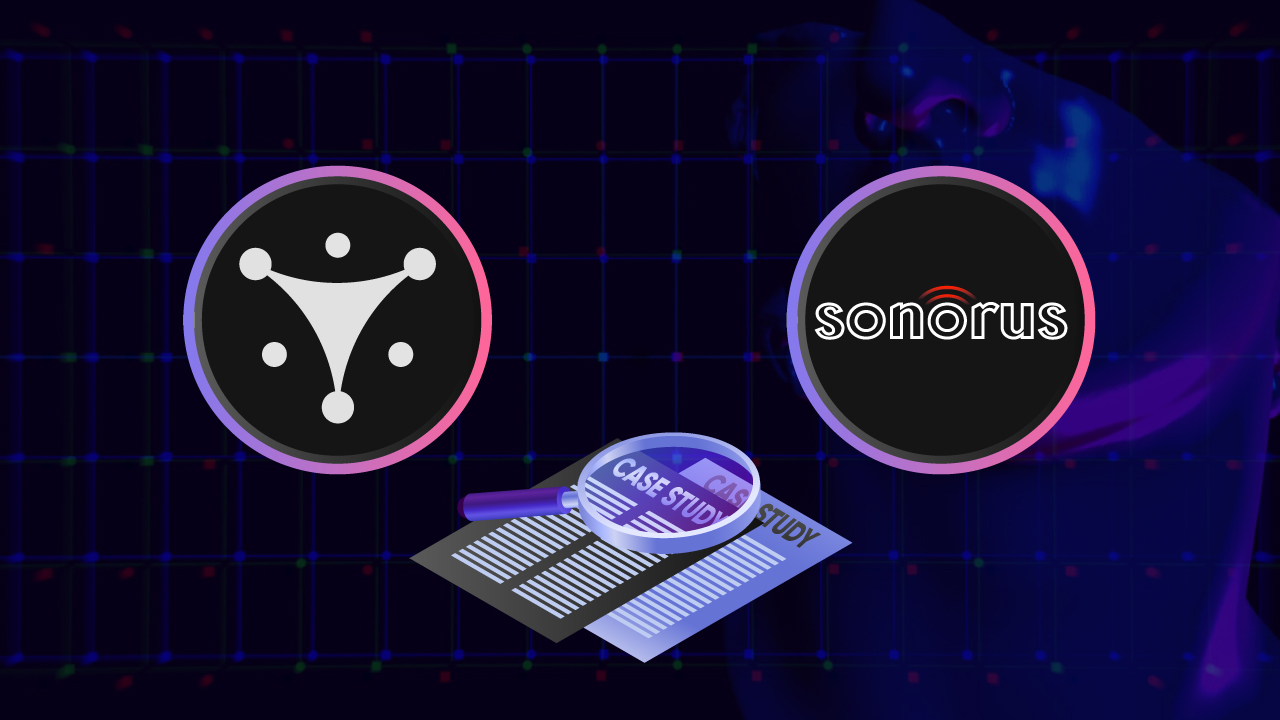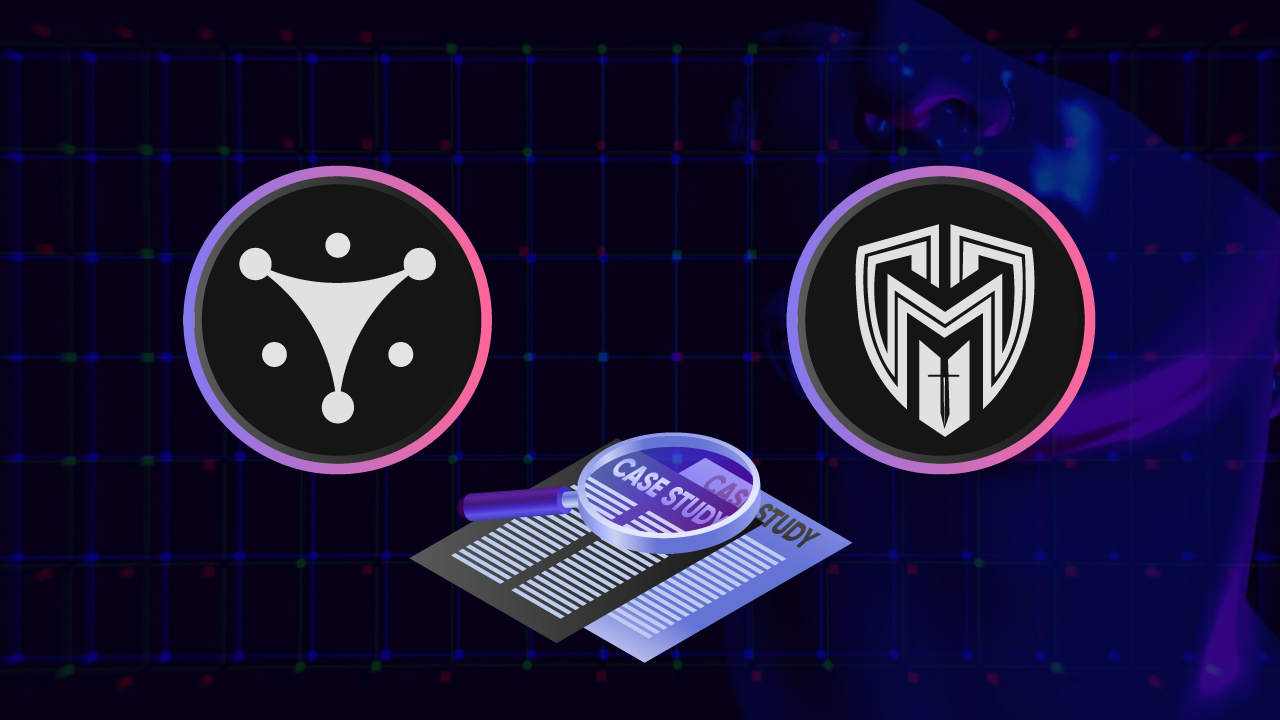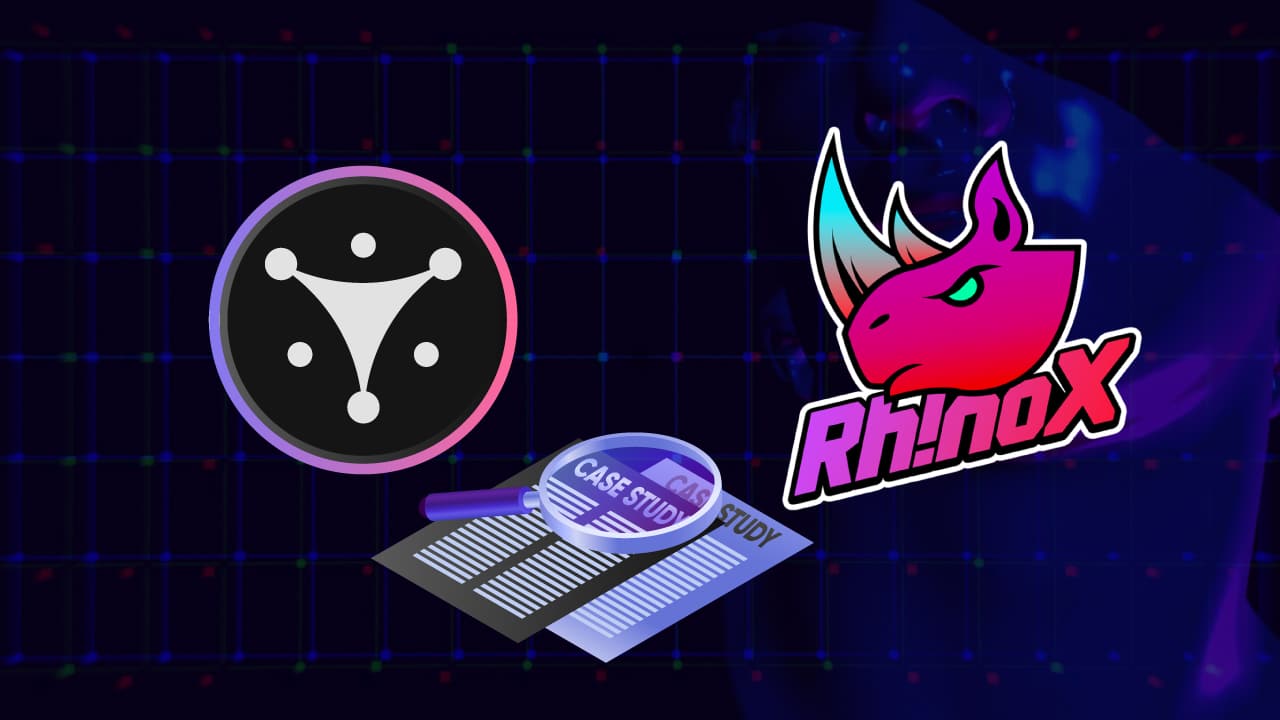ICOs, IEOs, and STOs: An Overview of the Digital Asset Issuance Mechanisms

Digital asset issuance is usually an exciting moment for start-up companies who wish to reveal themselves to potential investors. It usually marks the beginning of a new tradable instrument in the crypto market. Investors, on the other hand, view the issuance occasion as a profit maximization opportunity. However, not all companies operate genuinely, which leaves investors at losses sometimes. Malicious issuers are on the rise, and it stirs a frequently asked question on the most convenient event worth an investor’s time and money. This segment will evaluate the three most common issuance events in the digital asset world, namely Initial Coin Offerings (ICOs), Initial Exchange Offerings (IEOs), and Security Token Offerings (STOs). An investor will determine the undertakings of the three processes, their legal statuses, and a few other aspects surrounding each one.
Initial Coin Offering
Commonly dubbed as ICO, Initial Coin Offering is a crowdfunding tactic to build a particular project financially. The funding activity takes place through the discharge of new digital tokens or cryptocurrencies.
Furthermore, the digital currencies/tokens usually reside on a blockchain network from where they will be issued. Pioneers like ethereum also provide a blockchain infrastructure for projects lacking a blockchain network.
In 2017 alone, there were a total of 435 ICO activities that garnered close to $12.7 million, making it a total of $5.6 billion raised in a year. Therefore, most asset issuers pursue their initial goal once they meet their funding targets of the projects.
Pros
Profit Maximization
The new tokens launching through the start-up enterprise are usually cheap during the crowdsale phase. After that, investors purchase the tokens hoping that the digital asset will sell at a higher price in the future. Profit maximization entirely depends on the success of the issuing entity as the asset penetrates the market.
Diverse Projects
ICO events unveil numerous projects which attempt to accomplish different goals in the financial industry. As a result, the cryptocurrency can introduce a fresh concept that will revolutionize the overall ecosystem.
Cons
No Refunds
In the event of financial losses, no user will be refunded their investments. Considering the unregulated nature of ICOs, there is no room for any compensation.
Absence of Regulations
The crowdsale procedures do not recognize the lawful guidance on issuing a new cryptocurrency. The absence of regulatory standards encourages bad actors who take advantage of dedicated investors.
Lack of a Track Record
Most young companies host an ICO event without revealing any proof of past performance. The only information an investor has is the issuing company’s whitepaper and a detailed description of how the digital asset works.
Initial Exchange Offering
Under this event, crypto exchanges oversee the whole IEO operation on behalf of the issuing company. Unlike ICOs, which use the project’s developers to distribute tokens, IEOs distribute the new digital assets via an exchange platform.
Merits
Secure
To some degree, assets from IEOs are safer than those from ICOs. In an IEO’s case, the exchange platform carefully scrutinizes the founding team to ensure that it works with an honest entity. The exchange further evaluates the effectiveness of the token/cryptocurrency before launching it to the public.
This legal check approach automatically deals with the recent ICO scams witnessed in the crypto space. The security aspect alone can attract multiple investors globally as they will feel safe investing with a reputable digital asset.
Solves the Marketing Concern
On most occasions, the developers in an ICO may find a challenge when looking for a massive audience. It makes it harder to build the company’s image and reveal its impressive trading instrument.
The case is different for IEO fundraisers since the exchange itself contains a large user-base, which can bring more users to the crowdfunding exercise. In return, the founding company collects a significant amount of funds as per their initial goal.
Boosts Liquidity
Once the exchanges complete evaluating the start-up entity, it will list the digital asset on its trading network. ICO procedures may issue cryptos that tend to be immature and have a higher chance of dropping in value with time.
Assets undergoing the IEO’s release schedule will ultimately gain a higher amount of liquidity since the token will be listed on the exchange.
Demerits
Listing Charges
Exchanges usually charge the company for managing the whole process, from organizing the asset’s sale to listing it on their platforms. Charging the young company trying to establish itself can be strenuous as the company may not meet the required amount.
Pump and Dump
To access the token after listing, users need to have an account on the exchange ecosystem. Pump and dump risks may erupt later when investors get involved in mass buying, which raises the asset’s value and drops immensely after some duration.
Security Token Offering
STOs are the third fundraising mechanisms that companies leverage to introduce new security tokens. Furthermore, security tokens are similar to traditional securities because real assets back them.
Advantages
Eliminates Scams
Tokens released through the STO process eliminates any form of scam or fraudulent intentions by an issuing company. The fundraising tool handles real-world assets making it an obligation to follow the regulatory guidelines set by agencies such as the Securities and Exchange Commission.
Ability to Hard-Code
Blockchains such as ethereum can hard-code specific guidelines, which may be slightly difficult. For instance, the asset may improve on its standards and only allow investors who follow the coded KYC procedure to trade.
Real Asset Value
Investors engaging with STOs benefit from a digital token backed by the assets of the start-up company. Besides, the tokens are divisible into smaller units, ultimately allowing fractional ownership of the digital asset. Fractional ownership makes the token affordable to everyone, from retail to institutional investors.
Widens the Trading Market
From a fundraiser’s point of view, STOs create new market opportunities for investors because nearly all assets can be tokenized. The more expansive it gets, the easier it is to gain more recognition hence opening up a global market of new, compliant, tokenized assets.
Disadvantages
Listing Procedures
Users anticipating to trade the tokens will have to wait for an exchange platform to list them. The listing procedure may take a while depending on the exchange an issuing company chooses.
Barrier to Entry
According to the SEC’s accreditation terms, specific individuals qualify to take part in STOs. The policy points out that an individual is eligible for STOs if they have a net-worth exceeding $1 million. Additionally, investors who possessed an income beyond $200,000 two years before are equally qualified to interact with STO events.
Conducting a token sale event is never easy. Thus, leveraging marketing ecosystems like Crypto Adventure might be a good idea for you. Crypto Adventure helps build projects customized to fit their requirements at a pocket-friendly price.
Conclusion
Investors look forward to having a long-term investment solution on a secure and comfortable issuance event. The investor’s dream is achievable if the blockchain projects and their developers take a direct path and deliver a productive digital asset.
Exchanges are also on the frontline as they strive to observe the due diligence practices which reveal a company’s overall status. Furthermore, IEOs aim at mitigating the challenges ICOs face during and after token sales.
Whichever approach an investor chooses contains its ups and downs. The decision is entirely in your hands as you try to pursue all three crowdfunding procedures which introduce a new cryptocurrency/token.
For more information on lucrative crowdfunding activities, marketing services, ICO, IEO, OR STO listings, visit CryptoVirally to kickstart your journey.


